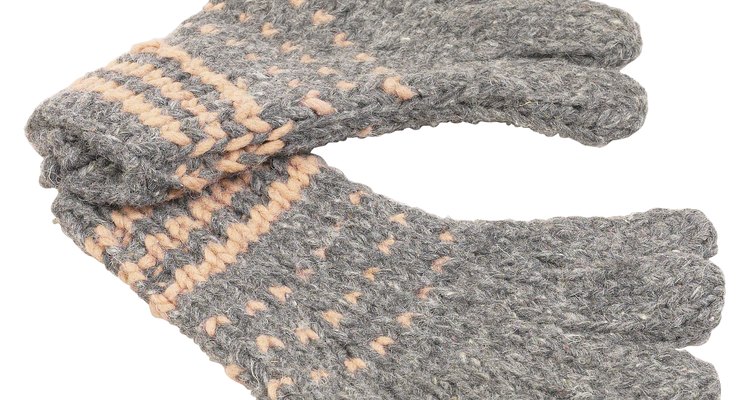
When the weather turns cold, you'll want to keep your hands warm and look stylish too. Typically, winter gloves are made from a variety of lining materials such as cashmere, wool, cotton and polyester. While these fabrics are hidden inside your favorite pair of gloves, they provide comfort, warmth and protection from moderate to extreme climate conditions.
Gore-Tex®
High-tech modern fabric made of Gore-Tex® membrane, creates the highly durable and functional fabric made for extreme wear. Gore-Tex® gloves are lightweight, well insulated, breathable and keep hands dry and warm. For better performance protection, some lining and finger inserts can be affixed to the shell of gloves. Gore-Tex® gloves have good dexterity and thick insulates make these gloves ideal for winter sports and working outside in the cold.
3M™ Thinsulate™
3M™ Thinsulate™ is a type of insulation made from synthetic fibers. It is breathable, very soft, traps in heat and is water resistant. The fibers are extremely small, which makes it flexible to design thin linings for gloves. Assortments of leather and ski gloves range from ultra thin to heavy and thicker material; the heavier the material, the warmer the insulation. It is measured by weight, as light as 40 grams and up to 150 grams for maximum warmth in freezing conditions.
Wool
The natural fibers of wool are highly breathable and are warmer when damp or wet. Alpaca and cashmere wool linings are extremely cozy, lightweight and very soft with no bulk. Angora, mohair and other animal wool tends to be itchy, fuzzy and prickly next to skin. Silk is often used to line coarser wool gloves for better comfort. Like Thinsulate™, sometimes wool gloves are measured in grams.
Ultra-Soft Wool
Cashmere is made from the outer hair and undercoat of Kashmir goats and merino wool comes from Merino sheep. The fibers of cashmere and merino wool are ultra-fine, allowing perspiration absorption to release into the air, while maintaining warmth within the fibers and letting out heat when it is too hot. Cashmere and merino wool are durable, stylish and are luxuriously soft next to the skin. Sometimes, more than one ply of wool lining is used for additional warmth.
Other Glove Linings
Some glove liners are made to be worn separately and can be worn inside other gloves for additional warmth. They are usually made from silk, polypropylene, thermalite polyester and wool. Battery heated glove liners are designed to keep fingers from turning numb and becoming motionless, by circulating warm air throughout the fingers and hands for better mobility. Knitted mittens made of cotton and wool blends are generally worn for a short period of time in the cold.
Related Articles

Thinsulate Vs. Thermolite

How Does Thermal Underwear Work?

Winter Clothes Materials

The Differences of Neoprene & Thinsulate
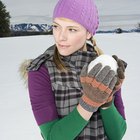
The Best Gloves for Short Fingers

How to Clean Leather Work Gloves

What Can I Do to Prevent a Wool Coat ...
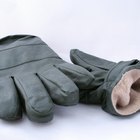
How to Make Heated Gloves Using a ...

Differences Between Polyester and Nylon ...

The Differences Between Fleece & ...

How to Wrap a Scarf Over the Nose & ...
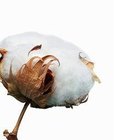
How Does Cotton Help Insulate?

What Is Berber Fleece?

What Is the Difference Between Lycra ...

What to Use to Clean the Inside of a ...
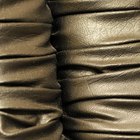
What Is Polyurethane Coated Leather?

Can a Wool Coat Be Worn in the Rain?

Types of Wool Sweaters
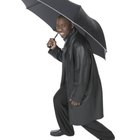
The Different Fabrics of Raincoats and ...

How to Fold a Windbreaker Into a Pouch
References
Writer Bio
Since 2009, Flare Storm has written and contributed weekly to a fashion blog. She is a Fashion Stylist-Image Consultant based out of Ontario, Canada. She is a graduate of the International Academy of Design with a background in fashion and business marketing.
Photo Credits
Hemera Technologies/PhotoObjects.net/Getty Images